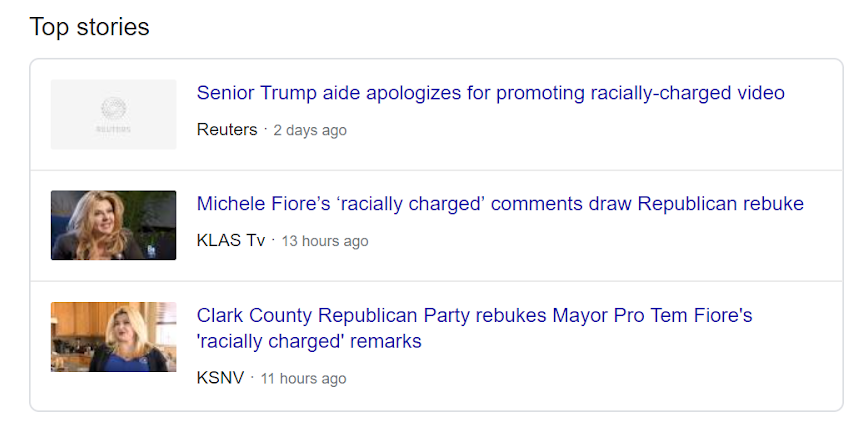2020 has been a wild year already, and recent events have highlighted political and cultural divisions in countries all over the world. Fake news has also become more prevalent, and it’s important to review the information you receive and decide whether you can trust it.
It’s very difficult nowadays to find completely objective news reports. Look out for the biased language uses below, to identify the bias in the media you’re consuming.
1. Passive voice
Passive voice is typically used when talking about an agent who is unknown or irrelevant (as in this sentence – the users of passive voice are people in general).
Writers can also use passive voice to hide an agent, particularly if they want to avoid blaming that agent. Consider the title of the book “Mistakes were Made (But not by me)” (which I highly recommend).
This is illustrated by the biased language in the New York Times tweet that inspired this post:
Minneapolis: A photographer was shot in the eye.
— The New York Times (@nytimes) May 31, 2020
Washington, D.C.: Protesters struck a journalist with his own microphone.
Louisville: A reporter was hit by a pepper ball on live television by an officer who appeared to be aiming at her. https://t.co/bXfZOUilOG
Note that Sentence 1 includes NO agent.
Sentence 2 focuses on “Protesters” striking someone.
Sentence 3 does include an agent (“by an officer”), but uses passive voice to focus on the reporter who was hit, rather than the officer who hit her.
A further example of a web snippet about the same story from the New York Times:
In this case you will notice 4 passive clauses:
Assaulted / struck / have found themselves targeted / was shot
For these 4 actions, only 1 agent is specified (“protesters”). This allows the New York Times to imply that the protesters carried out all 4 violent actions, while completely obscuring the agent who carried out 75% of the actions (the police).
This is particularly notable because Linda Tirado has been very clear and vocal on Twitter about the shooting, and has stressed that a police officer deliberately shot her. So for the New York Times to reframe her story in this way suggests they are biased towards the police.
2. Abstract nouns
If you read any reports about the Black Lives Matters protests, you’ll probably have seen the phrase “violence erupted”. Again, this works to obscure the agents in an event. If violence erupted, it’s because a human agent acted violently – violence itself is not a force of nature that shoots out of the ground like lava!
“Scuffles break out” is a similar example in the screenshot above – for the scuffle to have broken out, one person must have hit or pushed another person.
3. Subjective language
Referring to protests as riots, and protesters as looters, allows people to paint a negative picture of everyone involved in the protests (including completely peaceful protesters – remember, a number of children have been present at these protests).
Similarly, many Americans who don’t want to wear face masks are calling them “muzzles”, which creates a much stronger, more visceral and unpleasant image than the more neutral “masks”.
Another well-known example is the two sides of the abortion debate: “pro-life” and “pro-choice”. “Anti-abortion” and “pro-abortion” would be a more accurate way to describe the two sides. However, we tend to use these two “pro-” terms, which make both sides sound like they’re fighting for something noble. Who doesn’t like living and having choices?
4. Euphemisms
Probably the most obvious example of this at the moment is the use of “racially charged” to replace “racist”. It can be argued that “racism” is itself a euphemism for “white supremacy” on many occasions.
Talking about “racism” allows white people to look at structural racism and white supremacy as an individual issue in which one person (of any race) is prejudiced against another person (of any race), while ignoring the systemic aspects, and the way in which the prejudice of a dominant race impacts races with less structural influence.

Remember, all news outlets have some kind of bias. If you think you’ve found a totally neutral one, it probably aligns so closely with your own biases that you don’t notice. That’s why it’s important to question both what we’re hearing and what we’re saying. Biased language is everywhere.
Photo by Elijah O’Donnell on Unsplash

